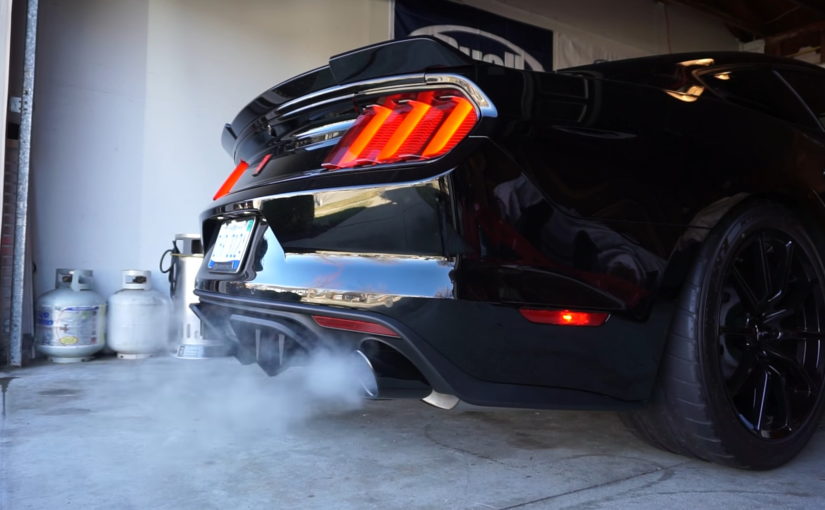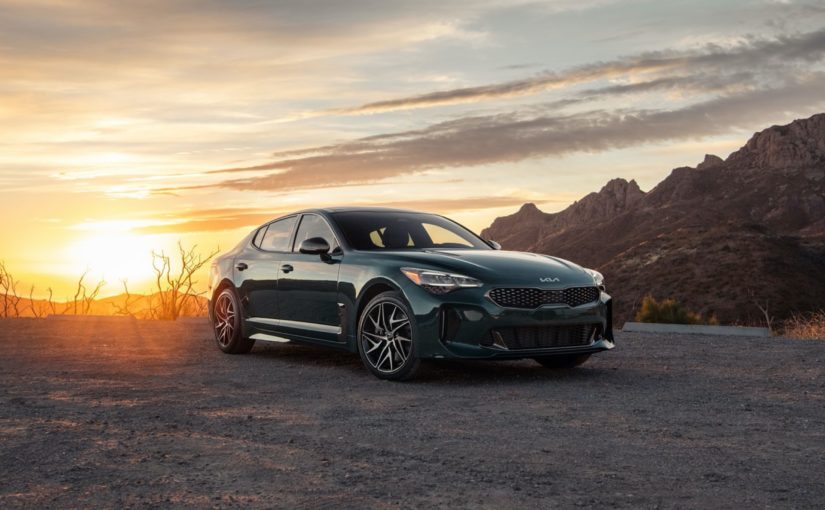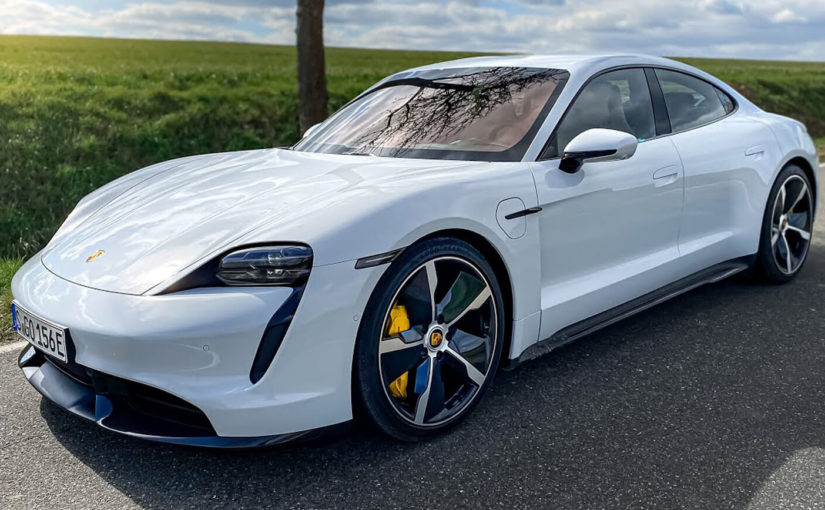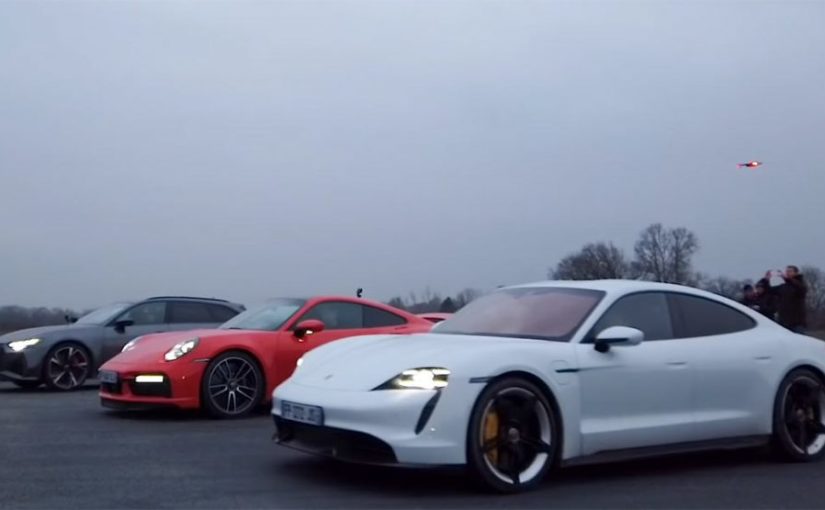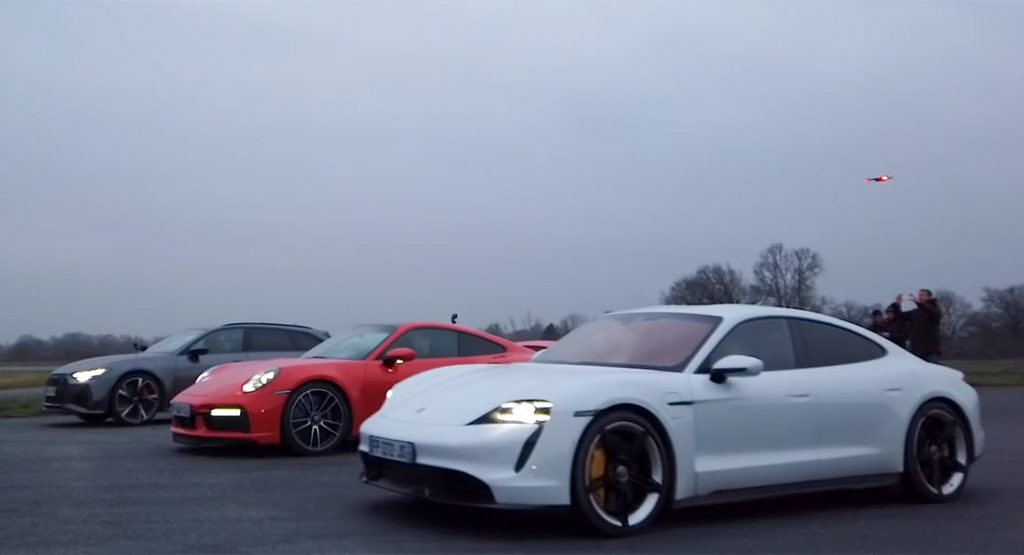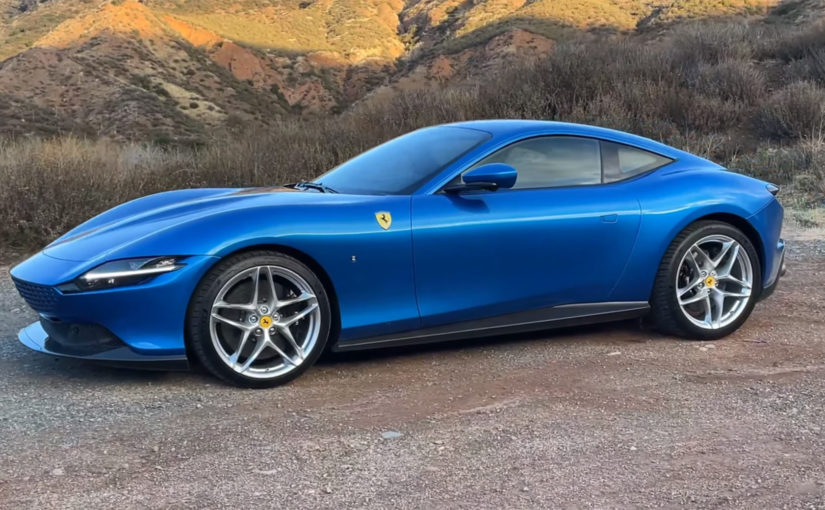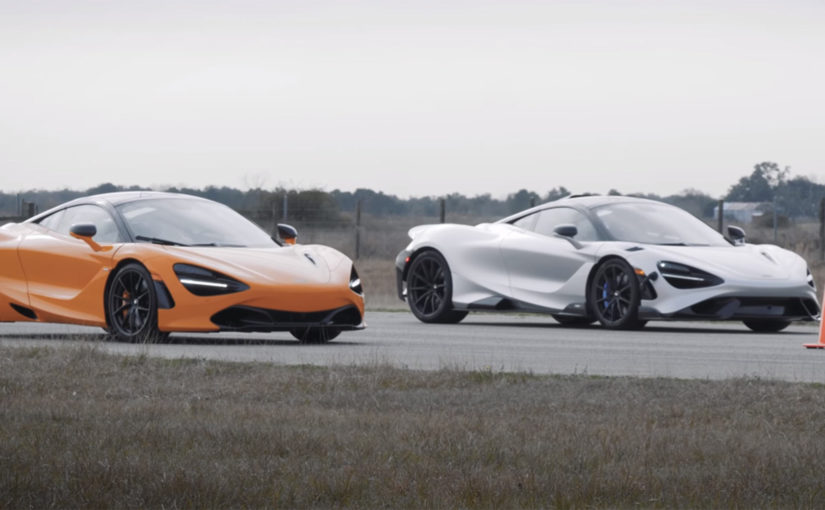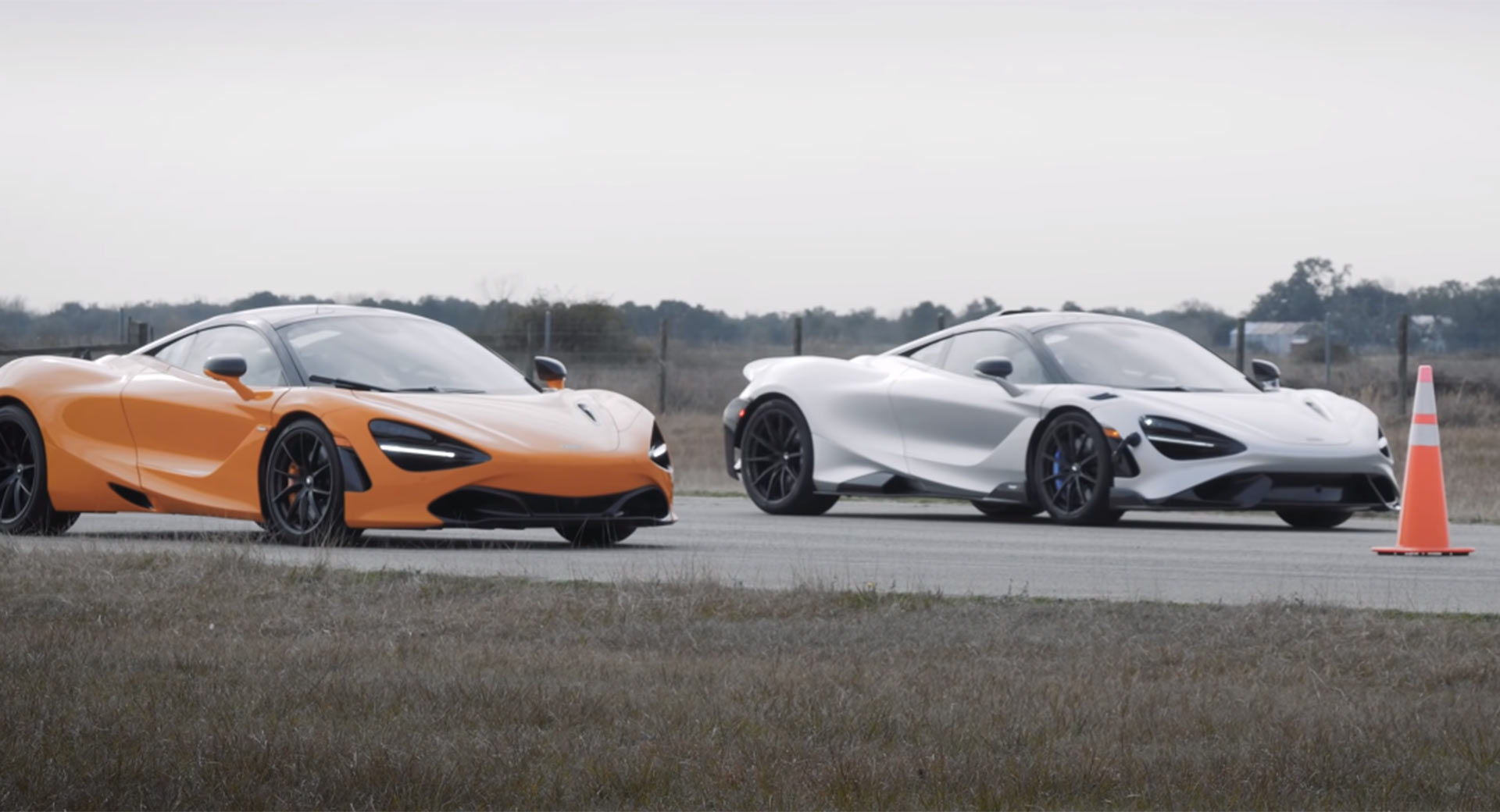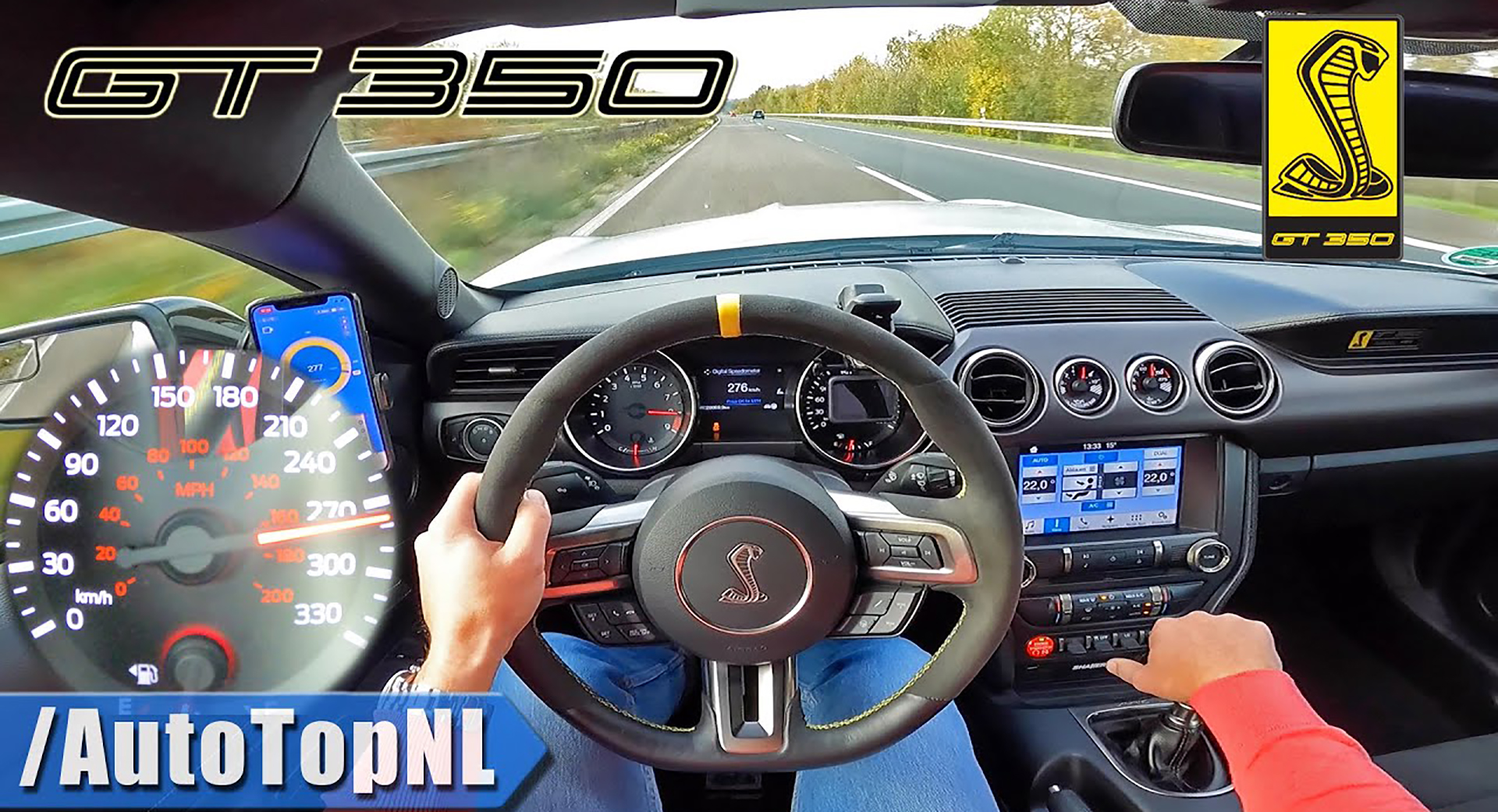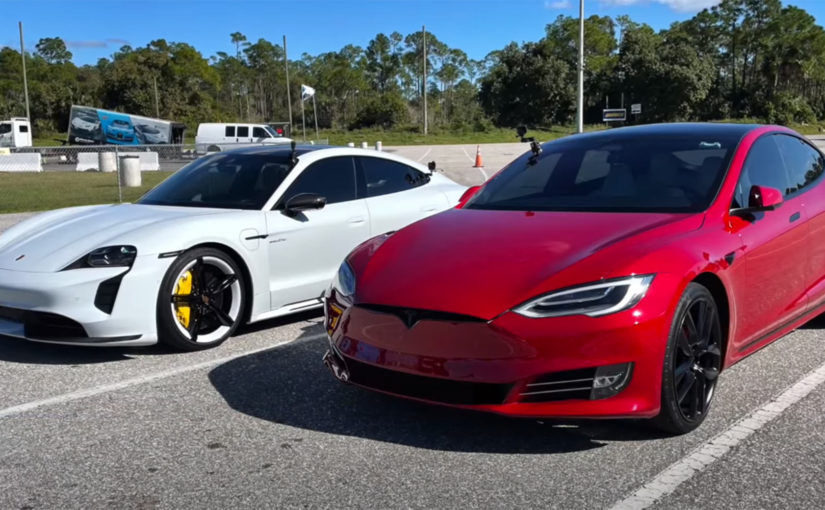The 2022 Kia Stinger is upon us. A moderate facelift as opposed to a full-blown new model, the latest version of the Korean sports sedan features mild but meaningful revisions to freshen things up after four years of production.
The newly-unveiled Stinger confirms most of what we already knew, thanks to the Korean and European models launched last year being virtually identical to the new US-market Stinger. That too, and just last week, we reported on how US and Canadian dealers had already listed images and specs of the new 2022 Stinger on their websites.
Read: Take A Look Inside The Kia K8 That Won’t Be Sold In The US
[embedded content]
A New Base Engine And More Power For V6
One aspect about the Stinger that wasn’t confirmed was the inclusion of a new powertrain for the entry-level GT-Line trim. It’s now official that the 2.0-liter turbocharged four-cylinder has been replaced with a 2.5-liter engine that has the same number of cylinders. The new engine retains its turbo and is good for 300 hp (224 kW) and 311 lb-ft (422 Nm) of torque — an increase of 45 hp (36 kW) from the outgoing engine. Kia says that the new engine, with its increased displacement, won’t affect fuel economy.
The GT-Line isn’t alone in getting a power increase, although it’s fair to say that the 45 hp gain is more to write home about than the 3 hp (2.2 kW) bump given to the GT. Yes, the 3.3-liter turbocharged V6 gets an increase of less than 1%, giving the 2022 Stinger GT an output figure of 368 hp (274 kW) — still not shabby. Torque output remains the same at 376 lb-ft (510 Nm).
The reason behind the modest power increase for the Stinger GT is its new electronic variable exhaust system which is said to enhance the Stinger’s “audible ‘calling card’.”
[embedded content]
Exterior
The dimensions of the 2022 Stinger remain the same at 190.2 inches (4,831mm) long and 73.6 inches (1,869mm) wide, with a wheelbase of 114.4 inches (2,905mm). Exterior changes are kept to a minimum. New badges displaying Kia’s new corporate logo feature up front and on the wheel caps. The headlights feature new DRL “signatures,” with an optional “Stinger Signature.”
The rear of the Stinger now features a taillight design that spans the liftgate’s width, which mimics the look of a Maserati. The GT models get full-LED treatment, which includes the turn signals as well. Below the lights are ever-so-slightly larger exhaust tips in a quad design.
Finally, new wheels are available across the range, with either 18-inch or 19-inch options available.
See: The New Kia EV6 Is Based On The Ioniq 5 Platform
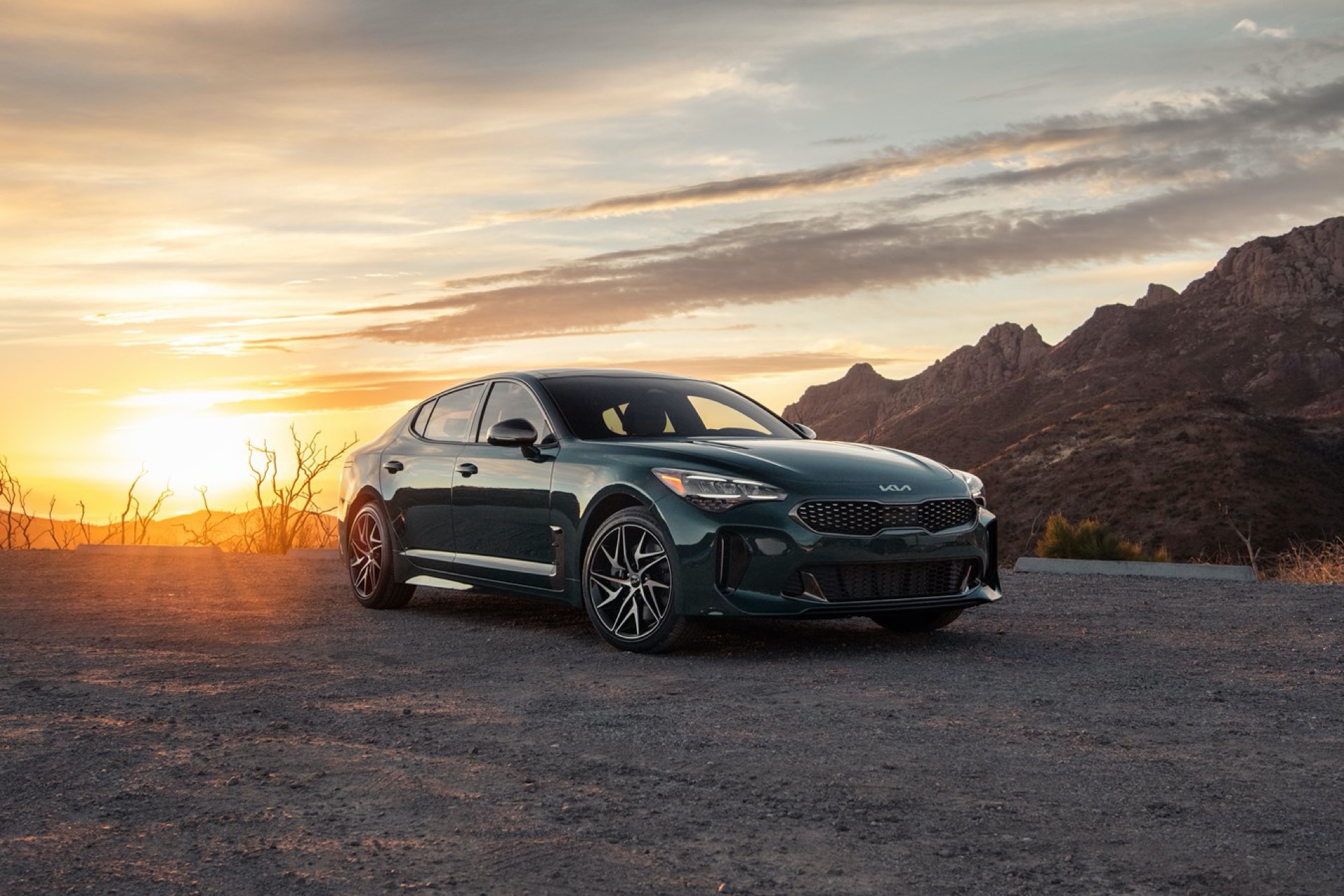
Some Meaningful Upgrades Inside
Seeing as it’s the place where we spend the most time, it makes sense that the designers have spent a little extra effort on the inside of the refreshed Kia Stinger. The 2022 Stinger aims to up the ante in the fight against Germany with an overall plusher interior. As standard, the Stinger comes with a wider 10-inch touchscreen infotainment display capable of both Android Auto and Apple CarPlay. The screen sits atop a dashboard that features a new design of Nappa leather dependent on the model.
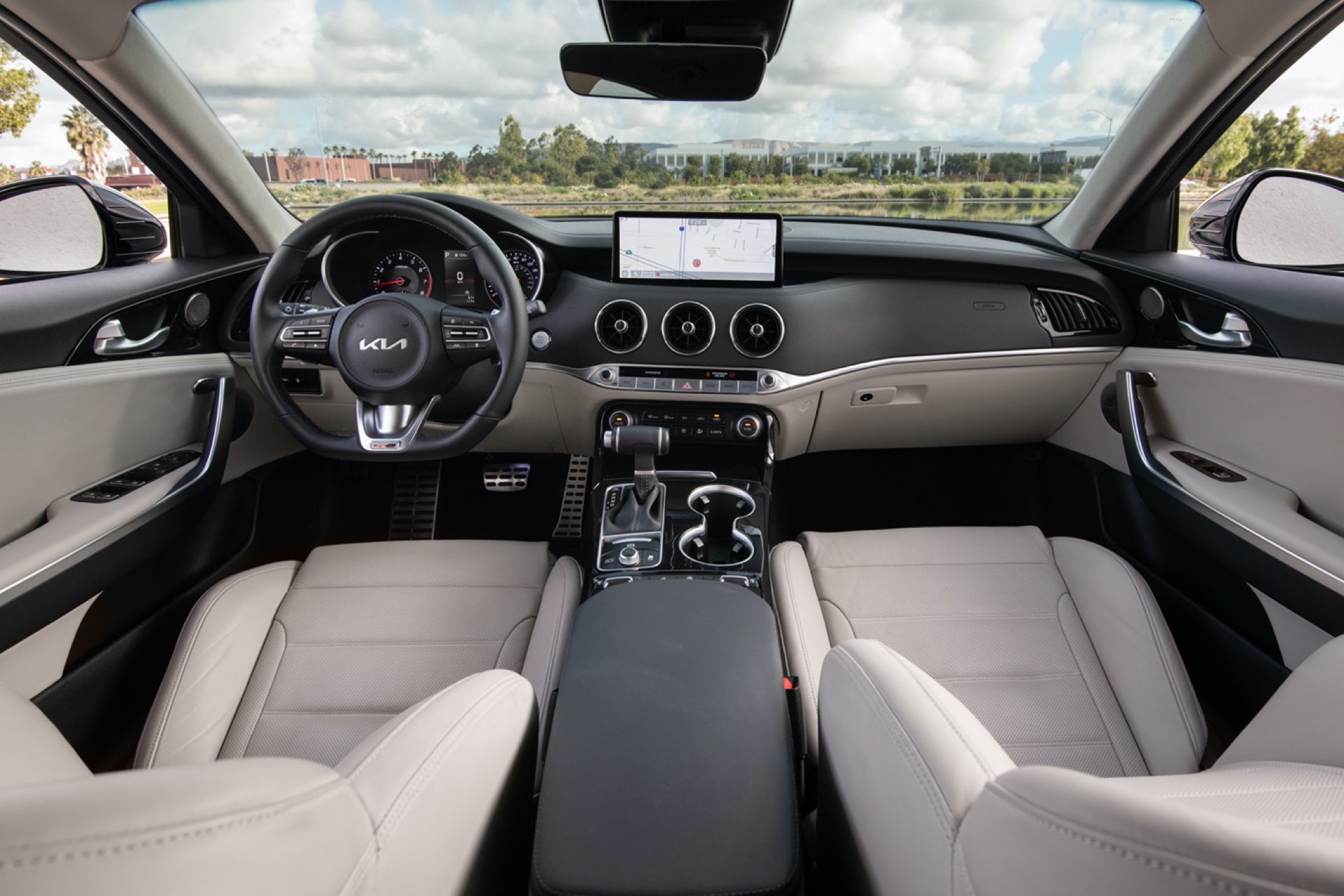
The central screen in front of the driver is now larger, with a 4.2-inch TFT display as standard, or a 7-inch monitor for cars that include the blind-spot view monitor and surround-view bird’s eye parking display.
Speaking of safety equipment, the 2022 Stinger features a new suite of Kia’s Advanced Driver Assistance Systems. You get collision avoidance, cross-traffic alert, smart cruise control that uses the navigation system to lower speed for corners, lane assist, and highway driving assist.
A Special Edition Coming In The Spring
Finally, the new 2022 Stinger’s announcement was rounded-out with the news that a new special edition was coming for the Stinger Range. The Scorpion will add to the range that consists of the GT-Line, GT1, and GT2.
The Scorpion will be available in exclusive exterior colors: Snow White, Aurora Black, or Ceramic Silver. It also features a rear spoiler, blacked-out fender garnish, side mirror caps, and darkened exhaust tips, unique black wheels and carbon fiber pattern trim inside.
PHOTO GALLERY
more photos…
For GREAT deals on a new or used Toyota check out Rocky Mount Toyota TODAY!

